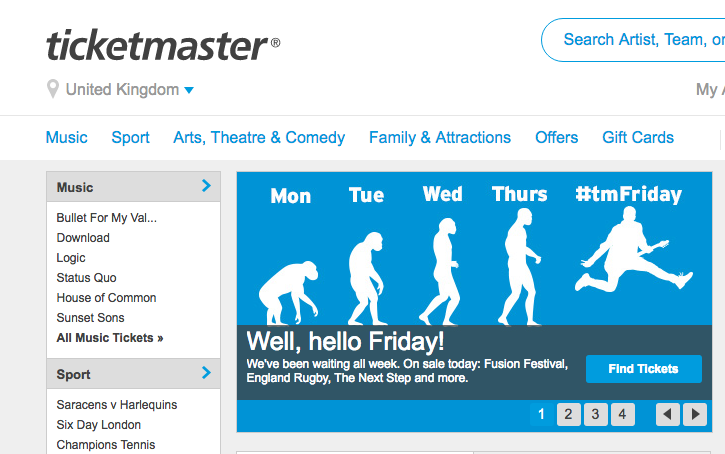APIs expose data for use by apps and the developers that create them. They make enterprise assets reachable by apps, and they’re the tool that enterprises use to add a digital layer to their interactions with customers, employees and partners.
Security, developer portals, analytics and monetisation are but some of the key reasons businesses need a robust API management tool to participate in the digital economy.
Security is paramount for companies when they expose their backend systems via APIs. The first reason why any company would consider API management is to secure their APIs.
This is not just about authenticating and authorising access to APIs – it is also about policies to block attacks and ensure sensitive data is not accidentally or intentionally leaked.
>See also: How APIs are driving a telecoms revolution
API management should also provide logs and audit trails to support both offline analysis and real-time troubleshooting. Another important capability is API quotas and spike arrests so that traffic to backend systems is properly managed.
For example, the very public hacks against the popular Snapchat mobile app’s API is an example of what can go wrong if your API is not secured. For example, the use of rate limiting would have thwarted at least one of the hacks that hit Snapchat.
Developer experience is key to the adoption and success of a business’s APIs, which, of course, are useless if nobody uses them. To enable rapid adoption, organisations need a portal to put all of their APIs in one place for easy discovery and testing.
The best portals provide a complete self-service experience, where developers can select the APIs and service levels they need, get secured access, monitor API usage, and even monetise and participate in revenue sharing with the API provider.
Another very important feature of the portal is a feedback mechanism, such as customer support blogs, forums and community-contributed content.
One example of a company that gets the importance of developer experience is MapQuest, a digital mapping company. “Our sole purpose in life is to create great APIs,” according to Brian McMahon, the company’s GM.
Once companies have provisioned their APIs, they need to have visibility on them. How is their API traffic trending over time? Who are their top developers? Are they attracting more developers? Where do they see most API traffic?
Robust API management tools answer questions like these. They provide dashboards and reports that can be used by both business and operations to gain a 360-degree view of their digital business.
Ticketmaster – one of the largest ticket sales and distribution companies in the world – uses API analytics to gain visibility into their API program in order to stay innovate and foster partnerships.
>See also: How an API-first approach is driving digital transformation in banking
‘Data is the new currency’ is an oft-repeated phrase in the digital economy, and there are many successful examples of how this works today.
Take the Google Maps API, which starts at $10K annually and generates further revenue from ads linked to map searches.
A company’s digital assets provide real value to customers and partners, but in the pre-API world, organisations had to spend months in drawing out legal contracts and complex integration coding.
API monetisation enables companies to charge for usage, revenue-share with partners and track billing in real-time.
Sourced from Chee Keong Law, director of channel and alliances, Apigee










